Rising COVID-19 case numbers and hospitalizations likely mean we’re in a new phase of the pandemic. And the number of Americans dying from COVID-19 is also anticipated to grow, although the COVID surge in the short term is not expected to look like previous waves.
That’s the takeaway from a team of experts from Johns Hopkins University, who told reporters that, in the short term, this new surge is not expected to be as severe as previous waves. But, they said, that all could change.
Cases rose threefold in the last several weeks compared to a 25% increase in hospitalizations due to COVID-19, said David Dowdy, MD, PhD.
Dowdy predicted death rates will also rise. Those numbers typically follow hospitalization rates by a few weeks, “but we’re not going to see them skyrocket,” he said.
COVID-19 still kills an average of 300 Americans per day, so we’re not done with the pandemic yet, said Dowdy, associate professor of epidemiology at the Johns Hopkins School of Public Health. “People are still dying of COVID and we can’t rule out the possibility of a major wave in the coming months.”
More Milder Cases
On a more positive note, Dowdy said the average case of COVID-19 is getting milder over time.
“This is probably more because we as a population are building up the immunity, not because the variants are necessarily getting milder on their own,” Dowdy said.
Although good news for most, he added, “What this means is that for people who are still unvaccinated, don’t have that immunity built up, or who have weakened immune systems, this virus is still a very dangerous and deadly one.”
Epidemiologists rely a lot on numbers, and Dowdy acknowledged that the case numbers are less reliable at this point in the pandemic given the rise in home testing, where many test results aren’t known. However, he added, no data source is perfect.
“Hospitalizations are not perfect but are certainly better than case counts now. Death rates are still useful, but a lagging indicator,” he said. New methods like wastewater surveillance likewise can help monitor the pandemic.
“None of them are perfect, but when they’re all trending up together, we can get a sense that there’s a new wave coming,” Dowdy said.
A House Divided
Sometimes people in the same household experience the pandemic differently, ranging from not getting sick to mild or even severe disease.
There can be many reasons for such differences, Priya Duggal, PhD, MPH, professor of epidemiology at the Johns Hopkins School of Public Health, said during the briefing. Differences in exposures, immune responses, preexisting conditions, and how well a home is ventilated can all play a role. A person’s general health can also determine how well they fight off infections, she said.
“On some level, we also all just need to maintain some degree of respect for this virus, recognizing that we could get sicker than the person next to us,” Dowdy said.
More Cases During Milder Weather?
When asked if we could face a summer surge that would require a return to preventive measures like masks and isolation, Dowdy said, “It’s important for us to realize that in some ways we are already in the midst of a surge.”
He said there are indicators that the level of coronavirus transmission in the U.S. now is about the same as we experienced during the Delta wave and almost as high as the surge during the first winter of the pandemic.
“We’re seeing a small uptick but not the same tremendous rise that we’ve seen with some of these previous waves,” Dowdy said.
“I think in some ways this is encouraging. We’re starting to see a divergence between the number of cases and the number of hospitalizations and deaths,” Dowdy said. “But it’s also a little bit discouraging that we’ve been through all this and we’re still seeing an uptick and in the number of people getting admitted to the hospital.”
Dowdy added, “So we are seeing a surge. Whether that’s going to require us to go back to the more restrictive policies, I think, still remains to be seen.”

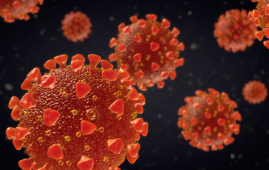

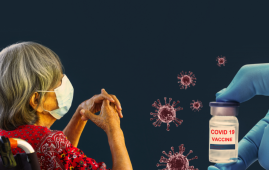
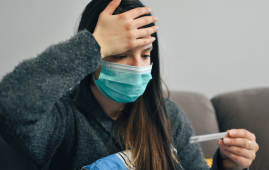


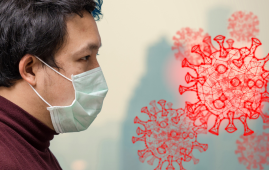
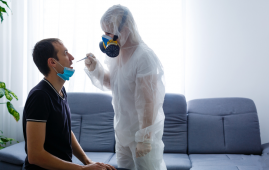


Leave a Comment